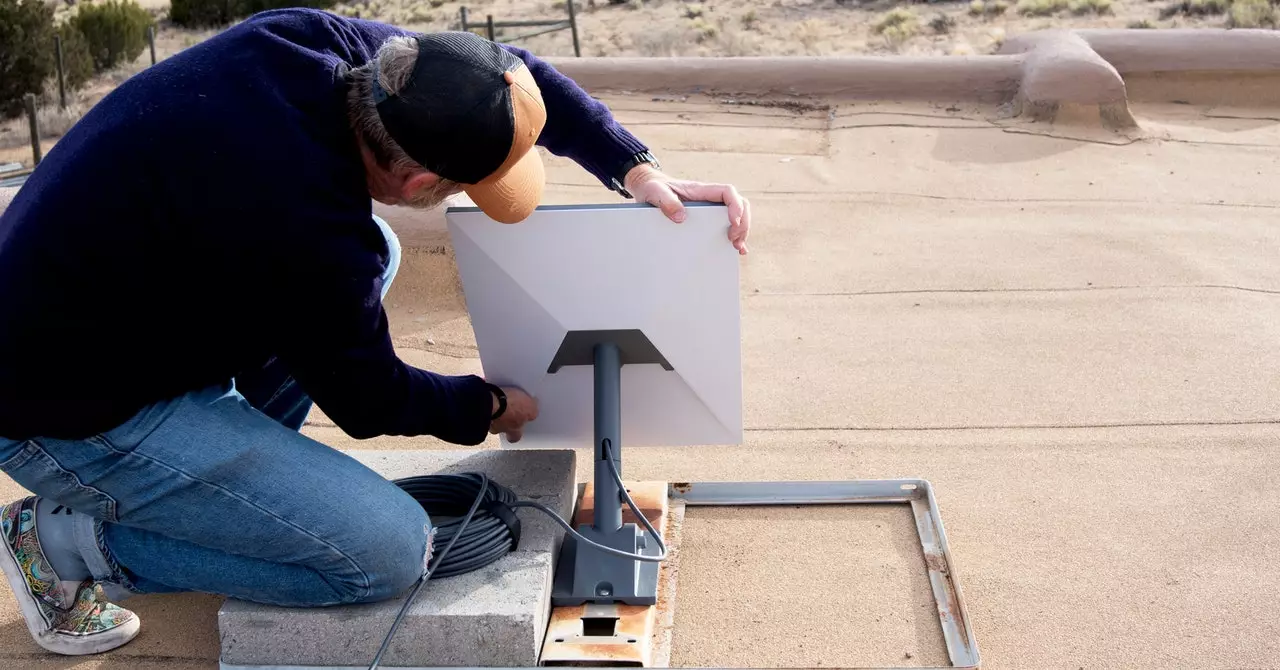SpaceX’s Starlink project aims to provide high-speed internet to underserved regions around the globe. The company recently submitted an application to the US Federal Communications Commission (FCC) on October 11, seeking approval for modifications to its satellite constellation that could significantly enhance internet connectivity. With promises of gigabit-per-second speeds and minimal latency, the upcoming Gen2 system represents an important step in achieving a more interconnected world.
Despite advancements in internet technology, there are still billions of individuals worldwide who lack access to reliable broadband. SpaceX contends that its Gen2 system will bridge this gap through a series of well-thought-out modifications to its original satellite design. The company emphasizes that its proposed updates are not merely incremental but are strategic moves aimed at optimizing performance and sustainability in an increasingly crowded orbital environment.
Modifications and Their Implications
Among the proposed changes is the adjustment of satellite altitudes. SpaceX seeks to reduce operational altitudes from previously planned levels of 525 km, 530 km, and 535 km to new heights of 480 km, 485 km, and 475 km. This reconfiguration is designed to maximize the number of orbital planes and satellites per plane while adhering to the cap of 29,988 total satellites for the Gen2 system. Notably, the FCC has already green-lit 7,500 of these next-generation satellites, marking substantial progress toward widespread deployment.
CEO Musk’s Vision
Elon Musk, the visionary behind SpaceX, has been vocal about the potential of Starlink’s new satellites. He asserts that the next generation will boast a tenfold increase in bandwidth capacity, further complemented by the anticipated lower altitudes which will contribute to faster latency times. This ambitious outlook echoes promises made by the company back in 2016, when Starlink was still in its infancy, indicating a long-standing commitment to revolutionizing internet access worldwide.
However, it is essential to scrutinize the reality of current Starlink speeds. While the company asserts that its system will ultimately deliver broadband speeds of up to 1 Gbps, the present-day experience for users tells a different story. According to Starlink’s website, average download speeds range between 25 to 220 Mbps, with many users experiencing rates above 100 Mbps. Upload speeds hover between 5 and 20 Mbps, and latency varies significantly, particularly in remote areas. This gap between expectation and reality raises questions about the feasibility of meeting future promises amid purported improvements.
A Broader Spectrum of Connectivity
Moreover, SpaceX’s application includes a request to lower the minimum elevation angle of satellites from 25 degrees to 20 degrees. This alteration aims to bolster network performance, illustrating the company’s adaptability to evolving demands in satellite communications. Additionally, by seeking flexibility in spectrum licenses, SpaceX intends to foster a robust mobile service alongside its existing home internet offerings.
While SpaceX’s plans for Starlink Gen2 are ambitious and forward-thinking, they are layered with complexities and challenges that companies in the tech space frequently face. As the company seeks to enhance global connectivity, stakeholders will be keenly observing if these strategic modifications can transform promises into reality. Ultimately, the success of their initiative will hinge not only on regulatory approvals but also on delivering the high-speed, low-latency internet that has been long anticipated by millions.

